Shipping bolts not removed
If the washing machine has just arrived from the store, and after installation continued its "journey", it is possible that the special bolts that fix the device during transportation were not unscrewed.
We recommend that you check the instructions before installing the machine and strictly follow it, otherwise the screws located at the back and fixing the drum may prevent the equipment from working correctly.
Uneven floor
If all the parts are connected correctly, and the machine is still jumping, the reason may be a crooked floor. To test this guess, you should shake the product slightly: it will "limp" on an uneven surface.
To regulate the machine, its manufacturers have provided special legs that need to be gradually screwed in and out to level the device. The process will go faster if you use the building level.
Slippery bottom
The legs are adjusted, but the clipper is still not in place? Pay attention to the flooring. If it is smooth or glossy, the device has nothing to cling to, and the slightest vibration causes displacement.
If repairs are not planned, you can use a rubberized mat or anti-slip foot stickers.
Unevenly distributed laundry
Another common cause of strong vibration on the machine during spinning is loss of balance due to imbalance inside the machine. Water and laundry that rotate while the washer is running press on the drum and the appliance starts to wander. To avoid this, you should load the machine according to the instructions.
Abundance of water
When washing on a gentle cycle, the machine protects clothes and does not drain all the water between rinses. The product may jump simply due to the increased weight.
If this does not happen while working in other programs, it is impossible to correct the deficiency - all that remains is to monitor the device and put it back in place after each wash.
Overloaded drum
If you hammer the washing machine to the limit, ignoring the instructions, at high speeds, the device will swing more than usual. Under these conditions, the product may soon need to be repaired and will cost much more than the saved water, laundry detergent and electricity. The drum should be filled moderately tightly, but so that the door can be locked easily.
Shock absorber wear
If the problem with a jumping washing machine has appeared recently, the reason is a breakdown of some part. Shock absorbers are designed to mitigate vibrations that occur when the drum is actively rotating. When they wear out, the vibrations become more noticeable, and the elements need to be replaced.
In order not to accelerate the breakdown process, you should distribute the laundry evenly before washing and do not overload the machine. When checking worn shock absorbers, no resistance is felt.
Broken counterweight
This concrete or plastic block gives stability to the appliance and helps to damp vibration. If the attachments to it are loose or the counterweight itself has partially collapsed, a characteristic noise occurs, and the machine begins to stagger. The solution is to check and adjust the mounts or replace the counterweight.
Worn bearings
Slight rotation of the drum is provided by bearings. They serve for a long time, but when moisture gets in or the lubricant is abraded, friction deteriorates, which leads to a grinding noise and increased drum resistance. Bearings can be damaged if the machine is used for more than 8 years.
How to determine that the reason is in them? The laundry does not spin well, the balance of the device is disturbed, the seal may be damaged. If the bearing disintegrates, this can lead to complete damage to the equipment.
Spring wear
All washers are equipped with springs that help the shock absorbers to reduce vibration. After several years of work, they stretch and do not cope with their function worse. Due to damaged springs, the drum shakes more than usual, which is why the electrical appliance starts to "walk". To get rid of the problem, it is worth changing all the springs at once.
A "galloping" car can damage the interior of the bathroom, as well as speed up the costly repair of equipment. Therefore, we recommend that you treat the appliance with care and do not ignore the unusually loud noise and vibration.

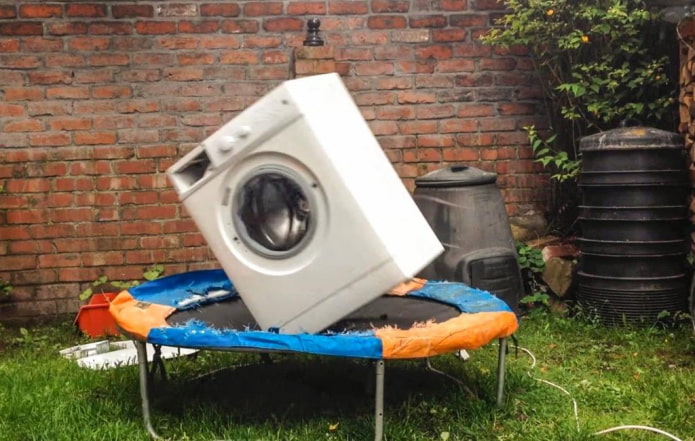
 10 practical tips for arranging a small kitchen in the country
10 practical tips for arranging a small kitchen in the country
 12 simple ideas for a small garden that will make it visually spacious
12 simple ideas for a small garden that will make it visually spacious
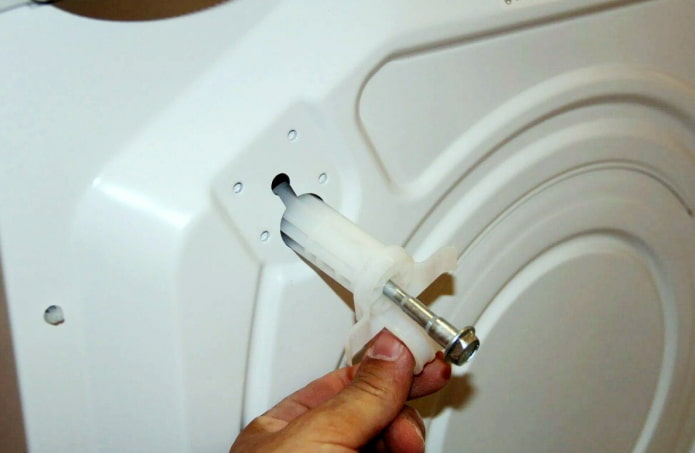

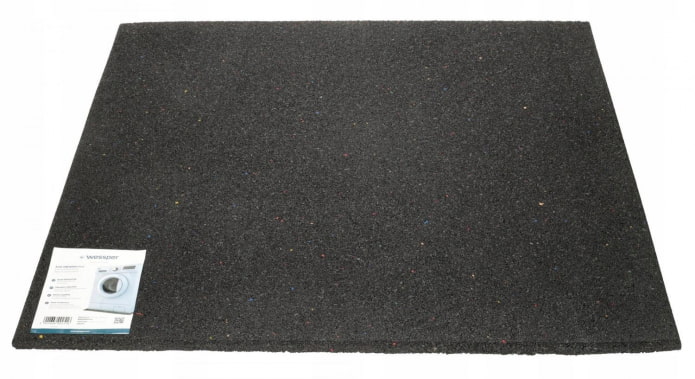
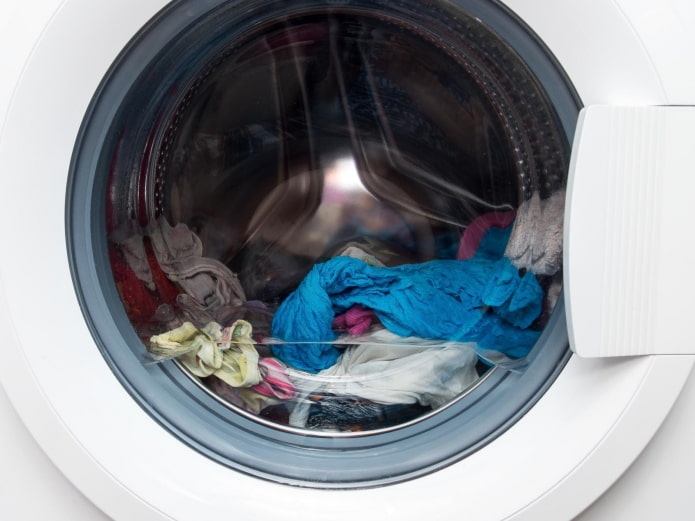
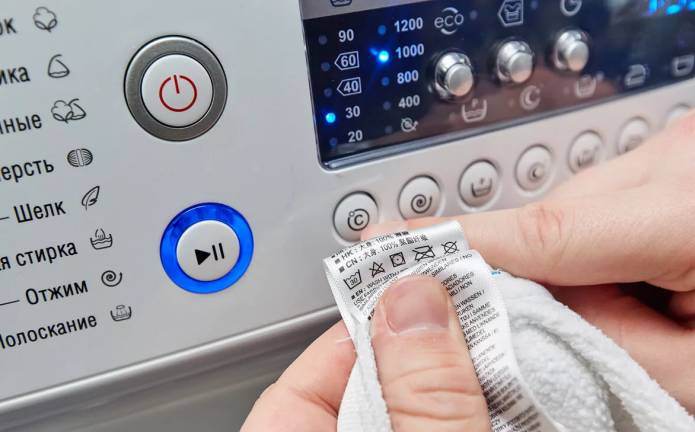
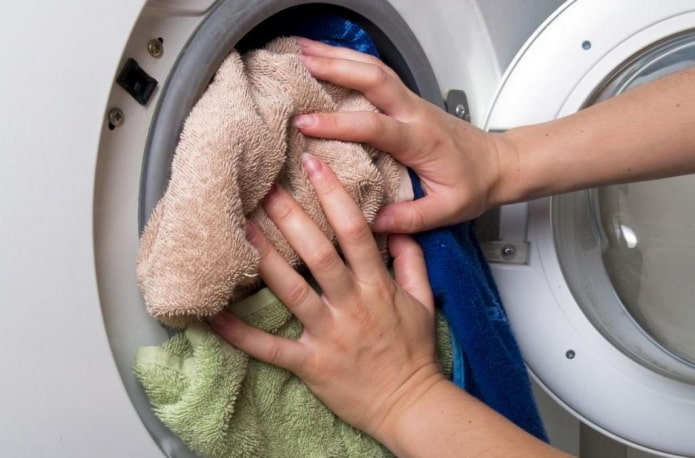
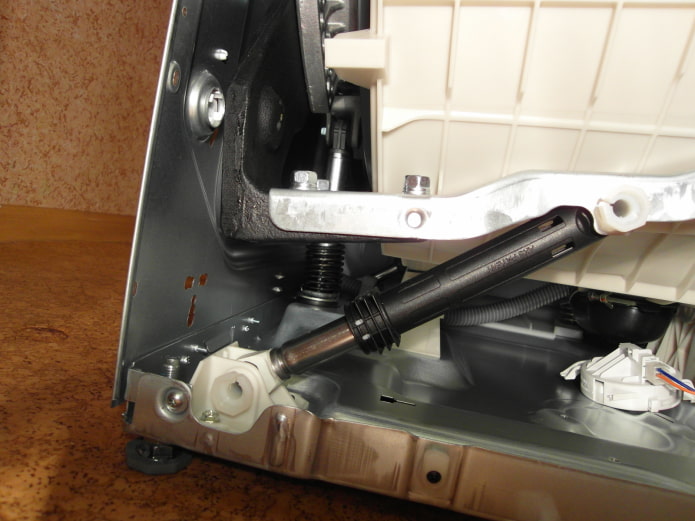

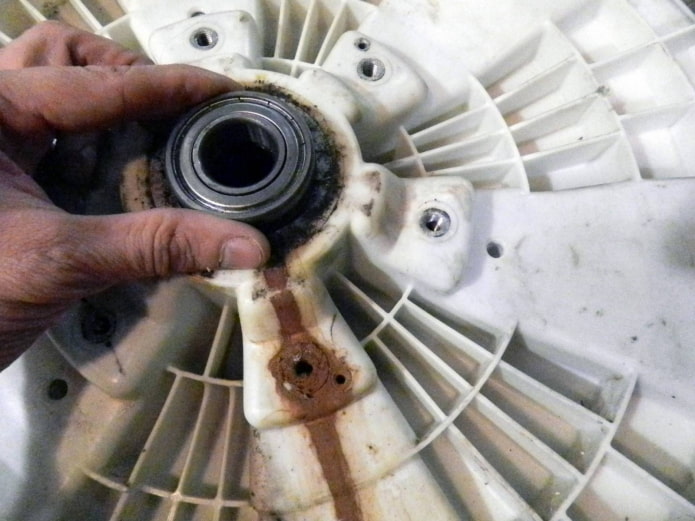


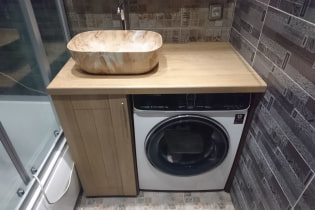 How to position the washing machine in a small bathroom?
How to position the washing machine in a small bathroom?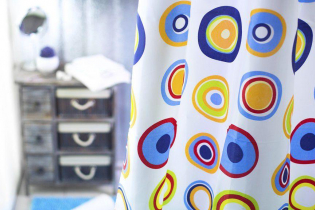 How to remove plaque from the bathroom curtain?
How to remove plaque from the bathroom curtain? 7 common mistakes in small apartment renovation that eat up all the space
7 common mistakes in small apartment renovation that eat up all the space Apartment layout: how not to be mistaken?
Apartment layout: how not to be mistaken? Wallpaper for the bathroom: pros and cons, types, design, 70 photos in the interior
Wallpaper for the bathroom: pros and cons, types, design, 70 photos in the interior Modern bathroom interior: 60 best photos and design ideas
Modern bathroom interior: 60 best photos and design ideas